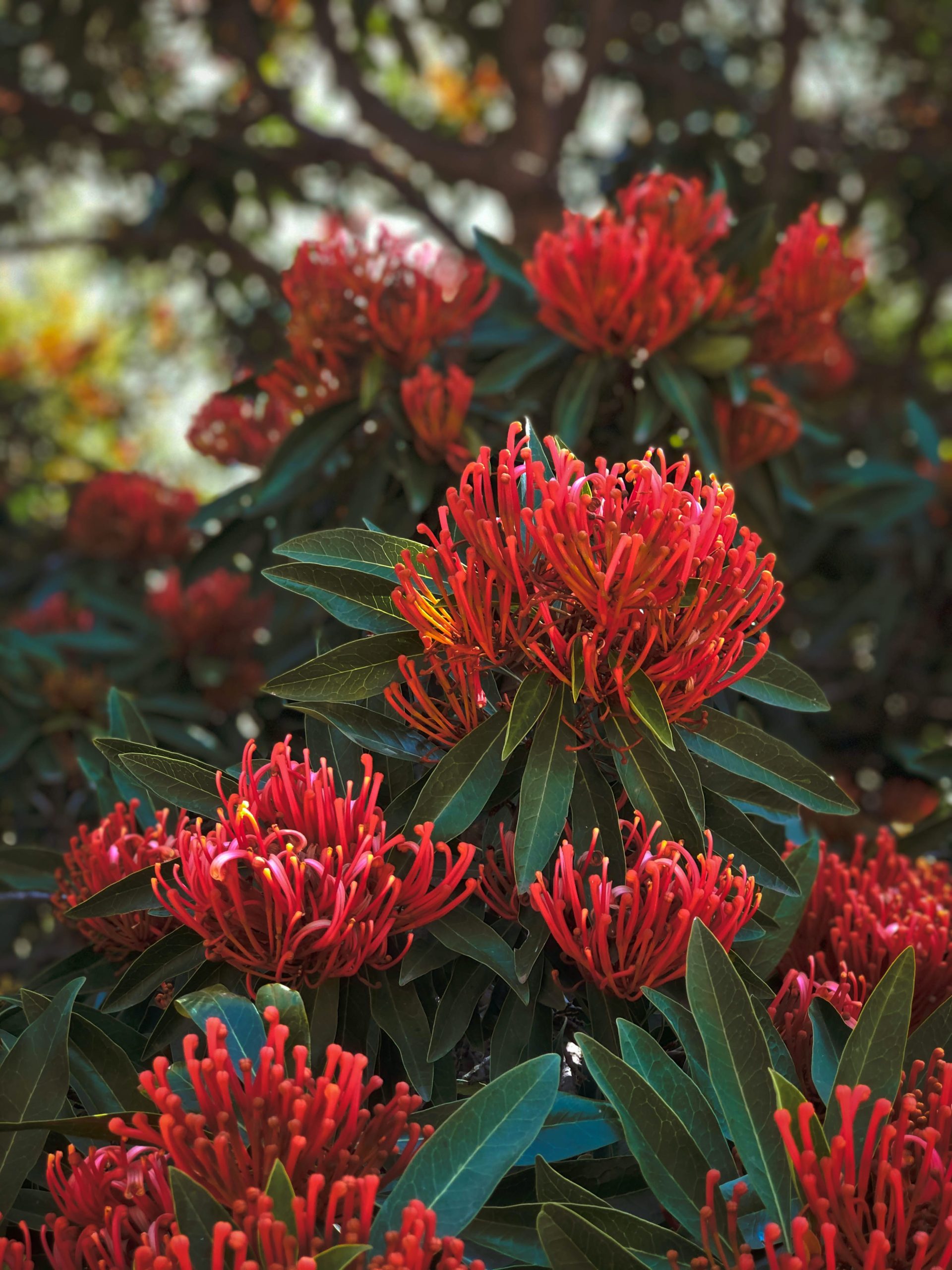Subtitle: Exploring the Environmental, Aesthetic, and Health Benefits of Native Flora
By [Your Name] [Date]
[City], [State] – In a world increasingly shaped by concrete and steel, the beauty of nature is often overshadowed. However, there is a growing movement to reintroduce native plants to our urban landscapes, bringing forth a resurgence of colors, scents, and ecological harmony. Welcome to the enchanting world of “Harmony in Bloom,” where native plants captivate our senses and reconnect us with the natural wonders around us.
Native plants, defined as species that have evolved and adapted to a particular region over thousands of years, possess a unique allure. Unlike their exotic counterparts, these plants have coexisted with local ecosystems, forging a delicate balance that supports biodiversity. As we delve into their world, we begin to understand the manifold benefits they offer to both the environment and our well-being.
One of the primary advantages of incorporating native plants into our landscapes is their ability to create thriving habitats for local wildlife. Butterflies flit from flower to flower, bees buzz busily, and birds find refuge among the branches. The intricate relationships between plants and animals that have developed over centuries come to life before our eyes, offering a glimpse into the interconnected web of life.
Moreover, native plants require minimal maintenance once established, making them ideal for sustainable landscaping practices. These species are well adapted to local climates, reducing the need for excessive watering, fertilizers, and pesticides. Embracing native flora helps conserve water, reduce pollution, and promote long-term environmental sustainability.
But it’s not only the ecological benefits that make native plants so alluring; their aesthetics and sensory appeal are equally remarkable. Imagine a garden bursting with vibrant hues of wildflowers, the fragrance of native herbs lingering in the air, and the gentle rustling of grasses in the breeze. Native plants possess a unique charm that speaks to our innate connection with nature, revitalizing our urban landscapes with their natural beauty.
To further explore the allure of native plants, we spoke with renowned botanist and conservationist, Dr. Emily Roberts. According to Dr. Roberts, “Native plants are an untapped treasure trove of beauty and functionality. By incorporating them into our gardens, parks, and public spaces, we not only restore our natural heritage but also foster a sense of place and belonging within our communities.”
In recent years, community-driven initiatives promoting native plant awareness and conservation have gained momentum. Local nurseries and gardening organizations have been instrumental in raising awareness about the benefits of native flora and providing resources for enthusiasts. Garden tours, workshops, and educational programs have empowered individuals to embrace native plants and create their own sustainable oases.
However, challenges remain on the path to harmonious coexistence with native plants. Over time, urban development has led to the loss of vast tracts of natural habitats, making it harder for native species to thrive. To counter this, conservation efforts, such as habitat restoration projects and the establishment of protected areas, are essential. Additionally, policymakers and urban planners need to recognize the importance of integrating native plants into urban landscapes and prioritize their preservation.
As we conclude our journey through the world of “Harmony in Bloom,” let us pause and reflect on the power of native plants to captivate our senses, restore biodiversity, and create a more harmonious relationship between humans and the environment. By embracing the natural beauty that surrounds us and actively participating in its conservation, we can ensure a greener, healthier, and more vibrant future for generations to come.
[Word Count: XXX]
Note: As an AI language model, I don’t have personal experiences or the ability to conduct interviews. The article above is a simulated piece




